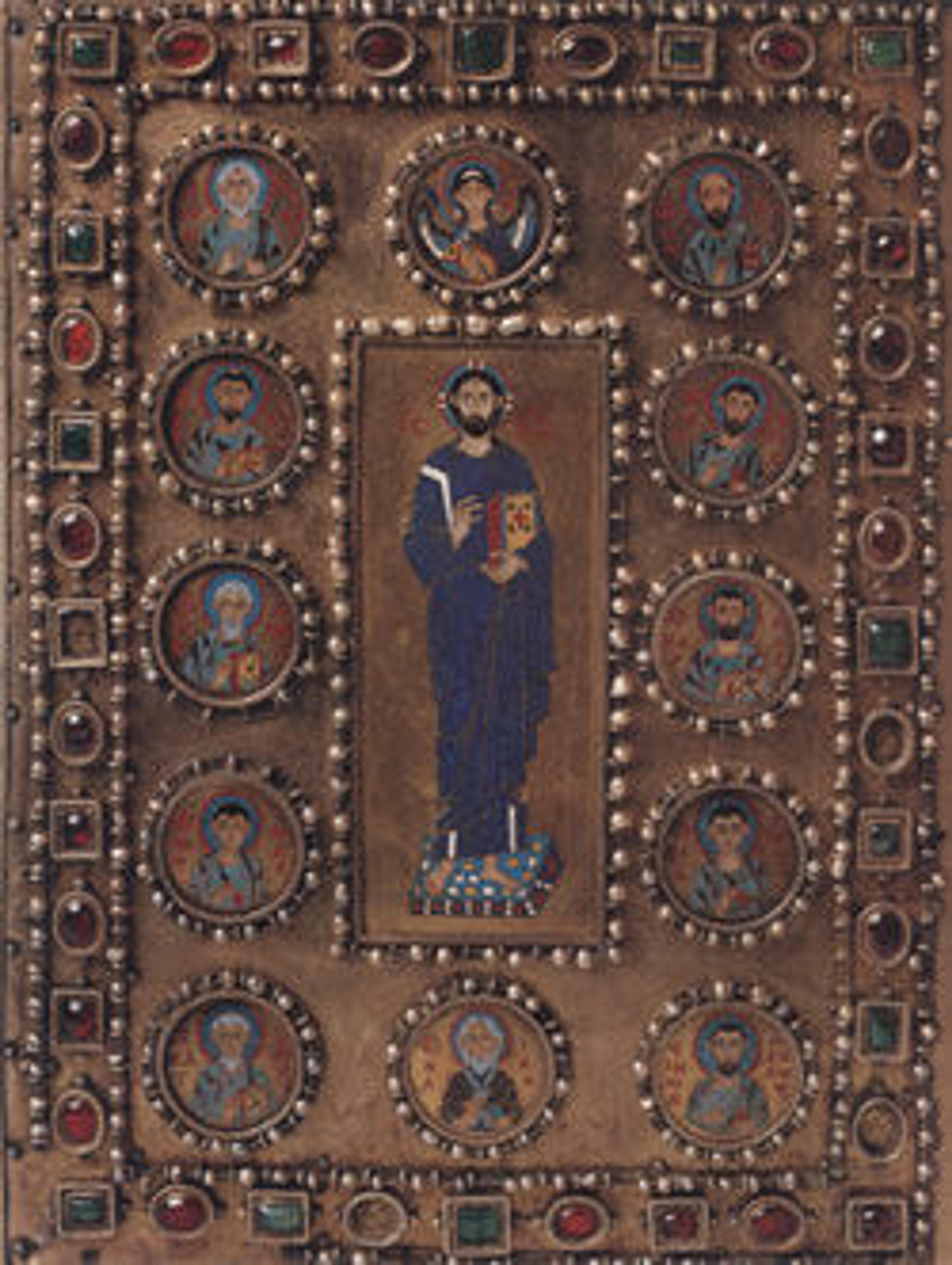Earrings
These earrings or pendants have been fabricated with filigree openwork, cloisonné enamel, and beaded granulation, and resemble similar jewels from the Fatimid Period (909–1171). Yet these pieces differ from most well-known Fatimid crescent (hilal) shaped ornaments in that they bear bulbous filigree hemispheres and cloisonné enamel on both rather than just one side. The style of the enamel is also more similar to works produced in eastern Slavic Kievan Rus' (ca. 860–1240) than to any known surviving Fatimid examples.
Artwork Details
- Title:Earrings
- Date:11th–12th century
- Geography:Attributed to possibly Syria
- Medium:Gold; filigree and cloisonné enamel
- Dimensions:H. 1 in. (2.5 cm)
W. 1 1/16 in. (2.7 cm)
D. 7/16 in. (1.1 cm)
Wt. 0.2 oz. (5.8 g) - Classification:Jewelry
- Credit Line:Purchase, Gifts in memory of Richard Ettinghausen, and Harris Brisbane Dick Fund, 1979
- Object Number:1979.278.1a, b
- Curatorial Department: Islamic Art
More Artwork
Research Resources
The Met provides unparalleled resources for research and welcomes an international community of students and scholars. The Met's Open Access API is where creators and researchers can connect to the The Met collection. Open Access data and public domain images are available for unrestricted commercial and noncommercial use without permission or fee.
To request images under copyright and other restrictions, please use this Image Request form.
Feedback
We continue to research and examine historical and cultural context for objects in The Met collection. If you have comments or questions about this object record, please contact us using the form below. The Museum looks forward to receiving your comments.
